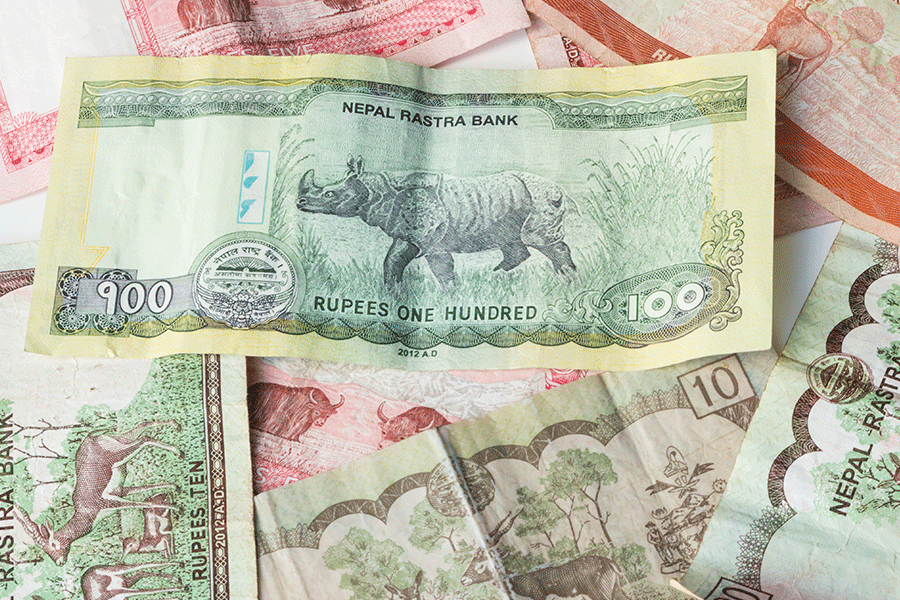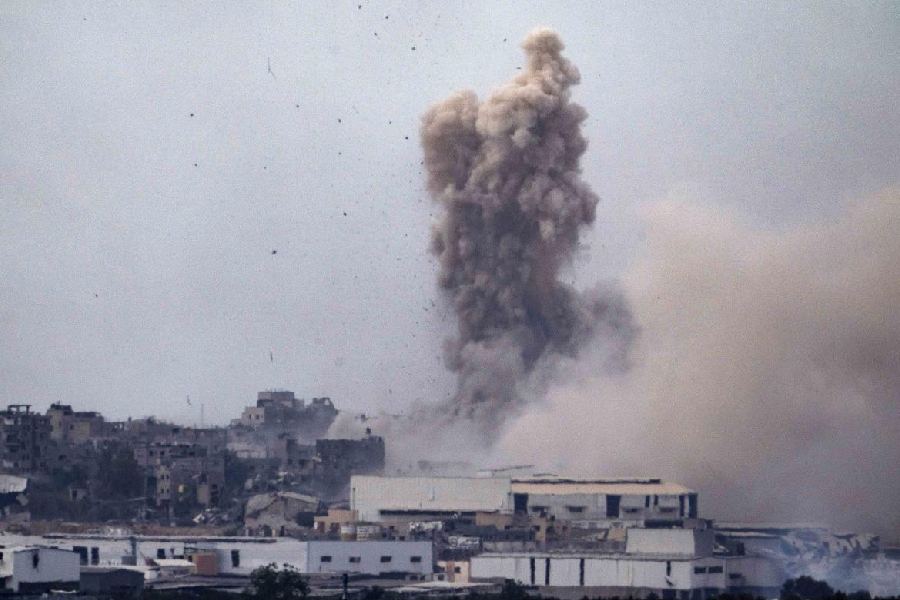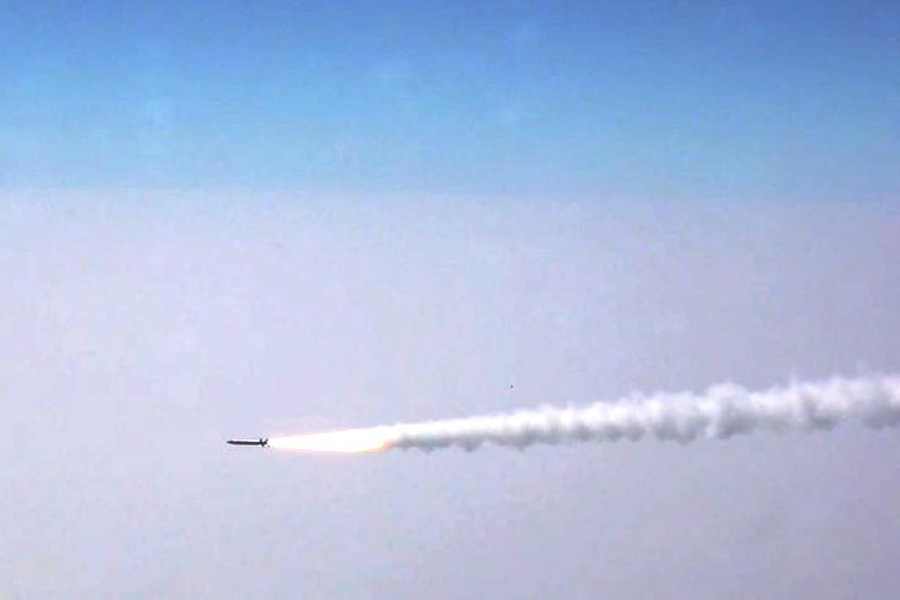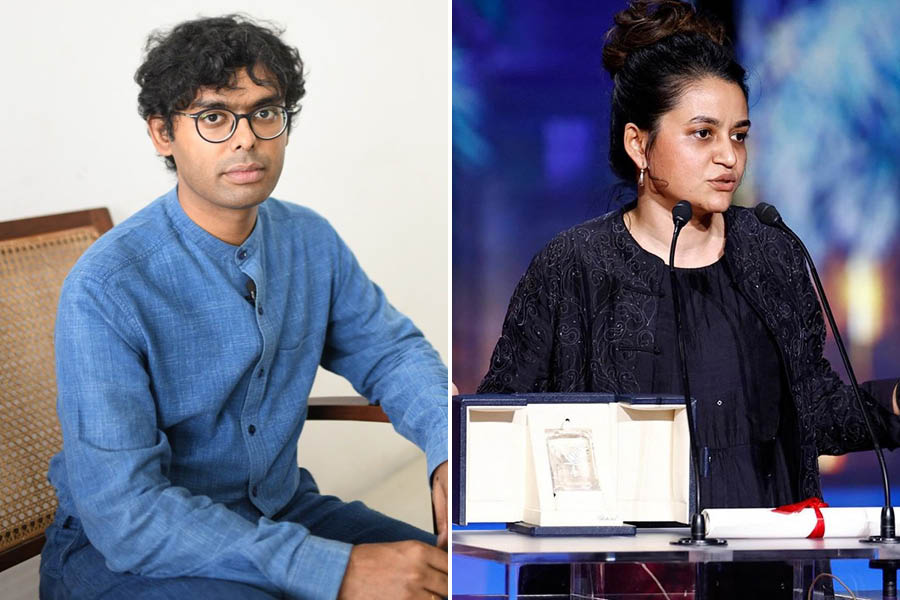It was a distinctly unsubtle punch from across the border. Nepal’s new 100-rupee banknotes show parts of India as being Nepalese territory – and it’s gone to unusual lengths to publicise the move. India, uncharacteristically, shrugged off the provocation, with foreign minister S. Jaishankar observing mildly that the Uttarakhand territory marked on the bills is definitely inside India.
The banknote row marks yet one more, albeit minor, skirmish in the battleground between India and Nepal. The strategic buffer state sandwiched between China and India has long resented India as the Big Brother that flexes its muscles too often. Nepal hasn’t forgotten the 2015 blockade at a crucial land crossing with India – New Delhi denied involvement – which came months after two deadly earthquakes when Kathmandu promulgated its new constitution.
But the once minor differences have become exacerbated. That’s partly because Nepal’s other giant neighbour is taking way more interest in the mountainous nation than it used to when Nepal was not only known as landlocked but “India-locked”. Says one former Indian ambassador: “In the old days, the Chinese were mostly worried about Tibetans using Nepal as an escape route to India. Now, they are deadly serious about undermining India’s influence in Nepal.”
There’s an additional factor also at play which has put Nepal in the headlights of big power rivalry. The US has turned its gaze on Nepal, and has become the third player in the 21st-century’s Himalayan Great Game. The Chinese, meanwhile, are liberally splurging money to make headway in Nepal.
Now, also, the Chinese have their dream ruling ticket in Nepal. The incoming prime minister is a pro-China advocate: Maoist leader Pushpa Kamal Dahal, best known by his rebel civil war name Prachanda. And his main coalition partner, the Communist Party of Nepal, is headed by former prime minister K. P. Sharma Oli has alway been pro-Beijing. Indeed, in what’s seen as “advantage Beijing,” Nepal’s foreign minister broke with tradition and made his first foreign visit to Beijing rather than New Delhi. “Today, after working with the left forces in Nepal, the Chinese are most satisfied because leftist forces have come together.” says another former diplomat.
At times, the Nepalese moves to annoy India have verged on the farcical – though they’re deadly serious for Hindu believers. Veteran politician Oli, Nepal’s then prime minister, claimed that Ayodhya, where Lord Ram was born, was actually a place called Thori in Nepal. Says Oli firmly: “The place called Thori, near Birgunj is the real Ayodhya, where Lord Ram was born. In India there is a great dispute on Ayodhya. But there’s no dispute in our Ayodhya.”
Oli stirred the pot once again by claiming that yoga originated in Uttarakhand, which he insists was a part of Nepal in ancient times. He also laid claim to Samkhya philosophy, which is said to form the theoretical framework for yoga. “Yoga originated from Uttarakhand and at that time Uttarakhand was not in present-day India.” said Oli, adding for good measure that, “India was not even born as an independent country at that time.” Going one step further, he also claimed that the founder of ayurveda, Charak Rishi, was born in Nepal.
But these are mere pinpricks. There are much bigger battles being fought over Nepal. The biggest battles involve a plan by the US to pour $500 million over the next five years into Nepal for vitally needed infrastructure, under what’s called the Millennium Challenge Corporation. The money will go mainly to boost hydropower generation and build roads. For starters, the US is looking at building a 300-km high voltage power line that will run through almost one-third of the country and have an extension to the Indian border.
Not to be left behind, India’s just signed a deal to buy 10,000MW from Nepal over the next 10 years. For the moment it appears that India has checkmated China – by refusing to buy power from projects built with Chinese money. That’s forced Nepal to hand-over several projects that had originally been given to the Chinese. It’s reckoned that Nepal has the capacity to produce about only 42MW of hydropower from its many fast-flowing Himalayan rivers.
But the Chinese are playing power games of a different kind meddling in Nepal affairs. (It’s believed to have helped engineer the coming to power of the current seven-party coalition and its crucial position in Nepal was visible when the deputy prime minister and foreign minister Narayan Kaji Sreshta made China his first port of call. He spent a full week there and China has managed to persuade Nepal to resume cooperation on Belt & Road projects – a move strongly opposed by India and the US which have warned Kathmandu it could fall prey to a Sri Lanka-style debt trap.
Can Nepal’s fragile democracy bring prosperity to the impoverished country? Nobody’s betting big on it. Nepal’s most recent government is barely 45 days old. (Since the advent of Nepal’s chaotic multi-party democracy in Nepal in 1990, the country has had a string of revolving-door governments).
There’s also still a royalist party and former king Gyanendra’s hoping the political parties mess up so badly, he’s called on to return to the throne. Says a senior Indian diplomat: “Gyanendra is hoping there’ll be this huge nostalgia for the monarchy. It’s more wishful thinking, though certainly pro-monarchy sentiment has grown.”
There’s another new factor in India-Nepal relations. The BJP and RSS have strong links in Nepal, which, while being overwhelmingly Hindu, now is constitutionally a secular republic. The BJP and RSS are eager to promote Nepal as a Hindu Rashtra. Says one former diplomat: “The BJP’s foreign cell and the RSS are supporting a lot of voices in Nepal that want a Hindu state.”
Also, there’s Yogi Adityanath who has always had a deep interest in Nepal though he hasn’t talked much about it after becoming Uttar Pradesh chief minister. His matt in Gorakhpur has always been close to Nepal. Says a diplomat: “His group has a very old connection with the Gurkha kings.”
Can India steer its way through the Nepalese minefield and regain its “special relationship” with Kathmandu? For what it’s worth, we’ve got some friends in Nepal who’ll raise their head above the parapet. On the weekend, Chiranjivi Nepal, an economic advisor to the Nepalese president, quit over the bank notes issue. Nepal, an ex-central bank governor, said it was “inappropriate” to publish notes with the inaccurate map. India and Nepal’s borders are internationally recognised, he pointed out, and clearly different from those shown on the banknote map.
But India has been facing increasing hostility from some Nepalis who object to what they see as New Delhi’s “high-handedness” and meddling. To counter this image, India’s been playing its cards right by keeping a low profile and avoiding interference in Nepal’s internal affairs, trying to lower the pitch in the “Big Brother-Small Brother” relationship, analysts say.
And India faces a stiff challenge from China. “Chinese diplomats are publicly warning Nepal about the ‘dangers’ of close relations with India. They’re openly meddling in Nepal’s internal affairs,” says a former ambassador. While China’s pockets are far deeper than India’s, and it’s been extending its sway in countries that have traditionally been India’s strategic backyard, New Delhi can’t afford to give up. More bilateral trade, investment in important Nepal infrastructure sectors and building on “civilisational ties” are all recipes for India to rebuild ties with Nepal.











